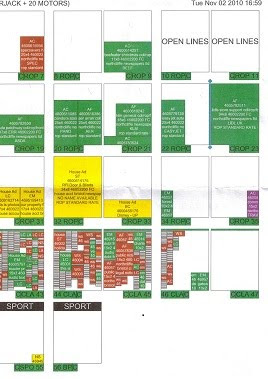Character voices – Joan and Edith
(Birds Tweeting and Church bells ringing in background)
Joan – (surprised voice) Good Morning Edith, fancy seeing you here!?
Edith – Morning Joan, Lovely day today, isn't it?
J – Lovely indeed– just the perfect day to read the Mulberry Post in the park, don't you think?
E – The Mulberry Post in the park? Splendid idea Joan– the perfect way to start off your day
J – It is indeed Edith!
E – They do say The Mulberry Post is 'The Heart of our Community”
J – (positively said) They do indeed Edith, they do indeed.
I found that it needed to say more about what the Newspaper can give the reader as an incentive to go buy the paper- so I added in an extra bit of dialogue still featuring Edith and Joan:
Edith: This week you can pick up your chance to win a once in a lifetime trip to Australia
Joan: Oh, isn't that Splendid!
Start singing /talking – Mulberry, Mulberry, Mul-Mul-M-m-Mulberry Post! - In the end I decided to get rid of this idea and replace it with a jingle created by several sounds from soundbible.com.
I constructed the whole advert on GarageBand - a program on the Mac computers. By using this I found it fairly easy to make my advert sound relatively realistic. Having two characters in my advert allowed me to create a narrative of two elder women who live in a small village. I believe they are fairly stereotypical old women as they love to natter on about their favourite topics. They emphasise that their community Newspaper is the best through the repetition of the name 'The Mulberry Post'.
However, I had to think about what was relevant to put in the advert because it is only supposed to be 30 seconds long. The final version has gone over by about 3 seconds but I couldn't cut anymore out because I felt it was all needed to keep the character of the piece through out the advert.
I decided that my advert would work best if it was cheesy after hearing local radio adverts. Also a sales pitch promoting a 'once in a lifetime' trip to Australia would ecourage the reader to buy the newspaper.






















